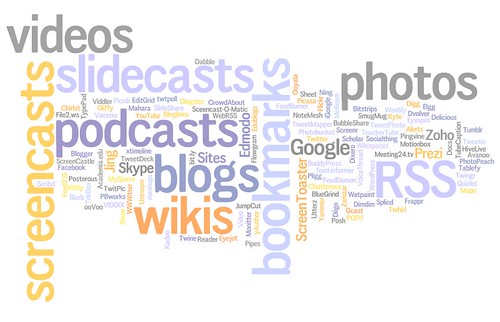This is the last blog post I’ll write during this course of ONL221. I will try to summarize my experience as a part of ONL and what I’ll bring with me from now on. I’ll use the following questions to guide my reflection forward during this text. Firstly, our group was joined by PBL 10 during the fifth and last topic. We had met earlier during reflection week, and both groups suggested getting back together again. The members of PBL10 were an excellent addition to our group and added different perspectives to our discussions. I appreciated that the relaxed feeling in our PBL-group didn’t get lost with additional members; it just added more energy. I would recommend arranging topic five this way in the future as it was nice comparing our experiences.
What are the most important things you learned through your engagement in the ONL course? Why?
When deciding to join ONL, it was mainly to collect the hours for my pedagogical portfolio. Moreover, I was nervous about an English course and unsure it would be for me. So I did some short research and decided that I needed a challenge. And what a challenge it has been trying to find time for synchronous and asynchronous work, meetings with the PBL-group, and teaching students. The most important thing I’ve learned from ONL is the power of working as a team. I wouldn’t have finished this course if it wasn’t for PBL11, and I couldn’t have learned as much about all topics as I have. It’s been a necessary reminder about how it is to be a student, being confused over instructions, and keeping motivation up. It’s a luxury to listen to some of the best speakers on the topics we have gone through. Also, getting tips on articles to read and discussing them with other teachers has been rewarding. I will undoubtedly miss this community after ONL221 but will not miss the feeling of being stressed 😉
How will your learning influence your practice? What will you do as a result of your involvement in ONL? Why?
A few weeks have passed since our last meeting when writing this blog post. It’s just now as I can reflect on how I will use lessons learned in my teaching. I can already see that I’ve added some learning activities in my courses that start in August but as I wrote in my previous blog post I’ll start by analyzing the courses and see what online activities can be added to enhance learning for my students—as most of my classes are campus-based. As future social workers I want my students to start thinking and try to solve problems with the help of others and not just focus on passing an exam. I think that many of the elements of the ONL-course can be useful to prepare them for their future outside of the university walls.
So I would like to thank you all for the ONL experience, most of all I would like to thank the members of PBL11. Without all of you, this wouldn’t have been the same!
Best wishes, Johanna

